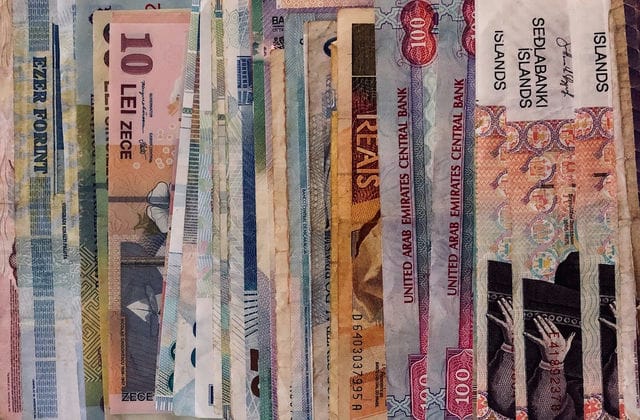The European Central Bank is responsible for monetary policy in the 13 countries of the Eurozone and is one of the most important central banks in the world. The ECB was established on 1 June 1998. Its headquarters are in Frankfurt, Germany.
Organization: The ECB's organizational structure is modelled on that of the German central bank and local banks. The ECB is governed by a Board of Directors. The chairman of which is responsible for leadership responsibilities, the board is composed of government officials, representatives of local central banks in the ECB system.
The Executive Board, consisting of six members, sets bank policy. They are elected by the member states of the euro area by secret ballot. According to a tacit agreement reached in 2005, four of the six seats will be from France, Germany, Italy, and Spain.
President of the ECB: In 1999, Deutschenbeich became the first President of the ECB, a former Chairman of the ABN AMRO Bank and former Finance Minister of the Netherlands. 2003 saw Trichet succeeded as the current President, with Papademos as Vice-President.
The European System of Central Banks (ESCB): is made up of the European Central Bank and the local central banks of the 27 member states. It is for this reason that Europe's monetary policy institutions are a system of central banks and officials from national central banks.
Objectives: The primary objective of the ECB is to maintain price stability in the euro area, for example by controlling the level of inflation. The current objective is to keep inflation below, but close to, the 2% level. In addition, the central bank is required to support the EU's economic policy without undermining the price stability objective. Under the second clause of the EU agreement, the support includes the promotion of employment and sustained and inflation-free economic growth.

Mandate: The main objective of the ECB is to set monetary policy to ensure that the above objectives are met. The monetary policy is published on the ECB's official website.
To achieve its objectives the central bank has the following instruments at its disposal.
1, Main Refinancing Operations (MRO), where the central bank injects money into the banking system by way of an auction.
2, Deposit Facility (DFF), where private banks place overnight deposits with the central bank.
3, Marginal Lending Facility (MLF) overnight loans by the ECB to private banks
In addition, other tasks in addition to monetary policy are
1, Foreign exchange market operations guidance, the management of official foreign exchange reserves in the euro area. more than 40 billion euros of foreign exchange reserves, 30% of the German central bank's gold, another 20% from the central bank of France. The central banks still have ownership of their respective foreign exchange reserves and gold, but the ECB has the power to allocate these assets under the Maastricht agreement.
2, Criticism of the ECB
Criticism of the central bank comes from two main sources
Inflation targeting
Many economists believe that the ECB should adopt an inflation target like that of the Bank of England. The Bank of England's inflation target is 2.0%, with a range of 1%. The ECB's inflation targets of "below but close to 2%" is not clear enough.
Some have criticized the target given to the ECB as inappropriate, as the ECB can set interest rates in order to control the level of inflation, and some feel that this target is too narrow and that interest rates are not determined in a way that better meets the needs of the economy. This criticism about what targets should be set is present in many central banks. There is criticism that the low interest rates set by the ECB are inappropriate for a European region where asset bubbles exist, and that low interest rates had been a factor in triggering asset bubbles in the Irish region.
Independence
When the ECB was established, it was designed to operate independently of political interference. Its objectives and powers were established by political power, but the decision on how best to use monetary policy to meet the objectives was still left to the central bank to resolve independently - this is known as central bank independence. Many EU countries have central banks that are independent of the eurozone, such as the Danish National Bank and the Bank of England. Economists generally believe that an independent central bank avoids macroeconomic disruptions due to political purposes. Some consider the independence of the ECB undemocratic and criticize the central bank's decision-making process and objectives, claiming that the central bank is effectively exclusive of EU nationals, secretive to them, lacks feedback mechanisms and fails to respond to human rights and natural environment issues.

The ECB is now accountable to the European Parliament and the Committee of Ministers, which appoints the President and Vice-Presidents of the ECB and other members of the Executive Board. Nominated members must obtain the consent of the Parliament and the Committee in turn before they can take up their duties. Furthermore, the President of the Central Bank must report annually to the Parliament. The Chairman or Vice-Chairman of the Central Bank must report to the Monetary Affairs Committee of the Parliament four times a year, or more often if the Parliament or the Central Bank so requests.
European nationals can indirectly influence the ECB through a formal national election process. However, even though formal democratic elections, the elected political representatives may not have much power to directly communicate these ideas for economic change to the ECB.




























